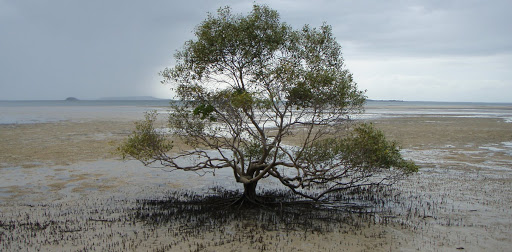Exactly just how marshes could assistance us adjust to increasing seas
Rather than expensive levees and seawalls, seaside ecosystems might provide an option method to safeguard Australia's seaside neighborhoods from increasing seas, conserving cash and keeping carbon in the process.
Sea degrees about Australia are most likely to increase 40 centimeters and as much as 60 centimeters by 2100, owned by increasing temperature levels and thawing ice-caps. The newest Intergovernmental Panel on Environment Alter record on environment effects and susceptability programs much a lot extra individuals will be in danger of swamping consequently of water level increase. The record likewise focuses greatly on adjustment, and coasts reveal simply exactly just how that may function.
Our coasts are currently vibrant locations, seeing routine disintegration and inundation. In the previous, bad acknowledgment of this truth has left facilities and possessions susceptible — currently progressively so, many thanks to water level increase. If we're to reduce the danger of future losses, we have to strategy currently to adjust. One method we might do so is by wanting to nature.
Living seaside defences
Seaside ecosystems, such as marshes, could enhance the durability of coastlines to disintegration and inundation. This is beginning to be identified by seaside designers, especially in the US and Europe. Referred to as "living coastlines", seaside marshes are being built as an option to conventional design frameworks such as seawalls.
This "eco-engineering" is likewise beginning to be identified as a method for Australia to adjust to among the 21st century's significant difficulties.
Building marshes, or assisting current marshes resort and fit increasing seas, might provide considerable financial acquires while safeguarding coasts. Living coastlines might conserve in between 30-80% of the set you back of building difficult frameworks such as seawalls, and when developed they have very little continuous upkeep expenses. Legenda Ayam Bangkok Simbar Telak

In Australia, tidal floodgates on the Seeker River in NSW when held back tidal waters. Currently the river is a sign for seaside adjustment. Tidal stream is being brought back to the seaside floodplain, transforming limited farmland and freshwater marshes right into mangrove and saltmarsh.
The brand-new environment will offer much a lot extra baby rooms for fish. Costings from mangrove habitats reveal that this might produce A$14,000 each hectare every year to industrial fisheries.
Seaside marshes are likewise among one of the most effective ecosystems at sequestering carbon from the environment. Broadening our marshes might go some method to Australia's environment reduction initiatives. In a paper just lately released in the journal Estuaries and Coasts, we approximated exactly just how a lot carbon might be kept on the Reduce Seeker.
We discovered 280,000 tonnes of carbon might be kept by 2100 if floodgates are opened up and marshes are assisted to resort and fit increasing seas. Based upon a carbon cost originated from the European Union's discharges trading system (varying in between A$7.30 and A$46.40 each tonne), we determined the carbon sequestered in these marshes might deserve in between A$2 million and A$13 million in a carbon delicate economic climate.
Regardless of a mandated discharges trading plan, this sequestered carbon might possibly offer monetary rewards for seaside wetland remediation and preservation, with programs such as REDD+ and volunteer carbon markets such as Confirmed Carbon Basic.


